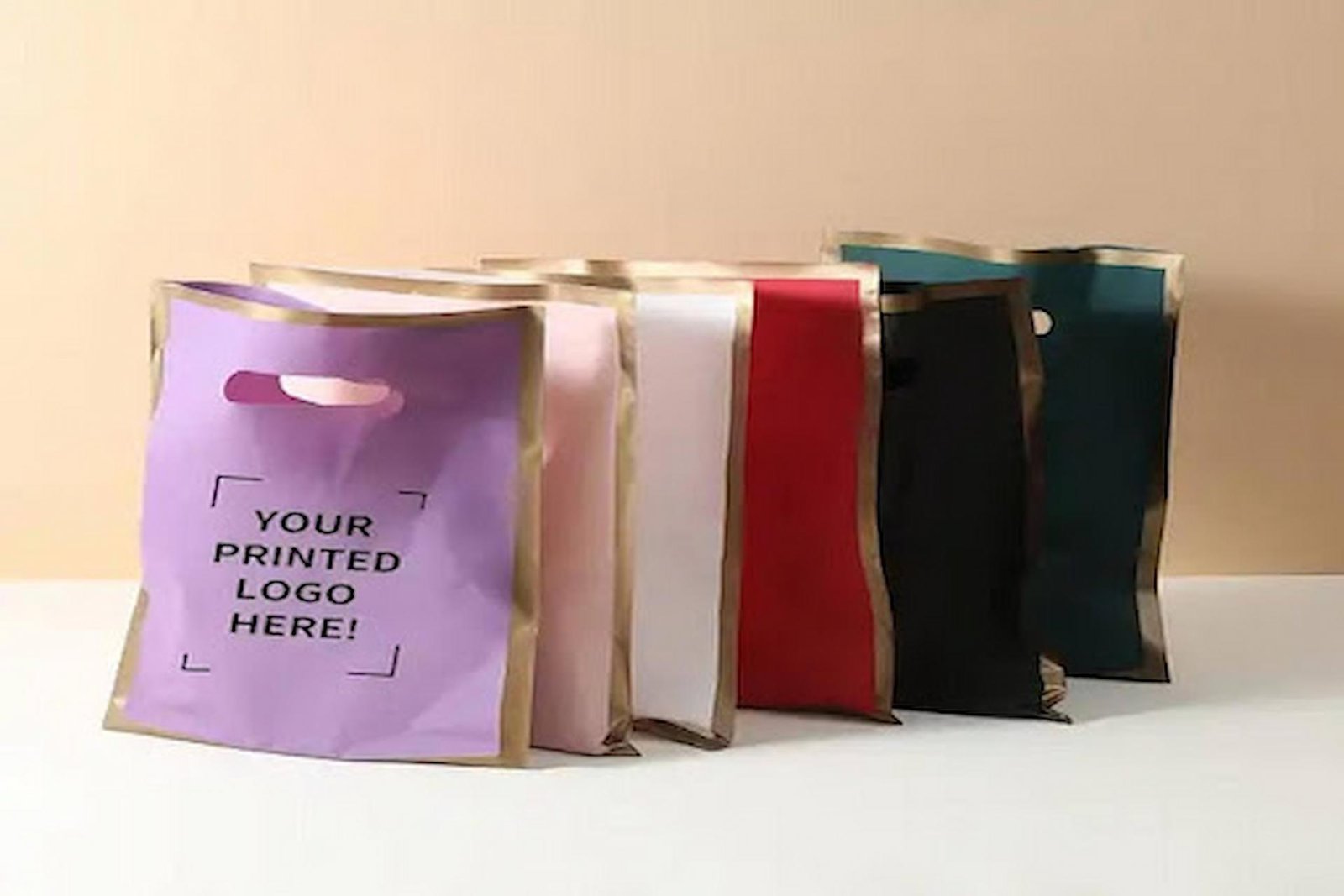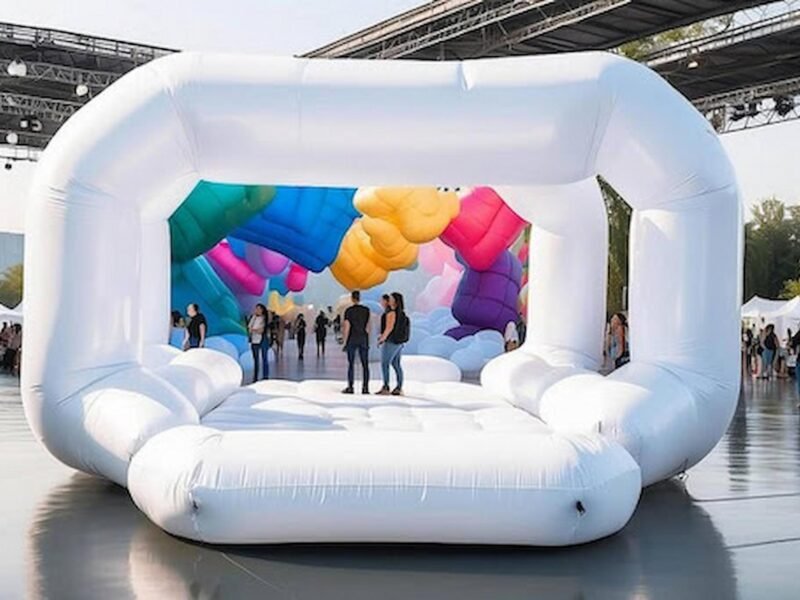In 2025, plastic bag printing is still a powerful branding tool, but businesses must stay ahead of new regulations and changing customer values. This guide explains what every business should know before placing an order. From eco-friendly options to design strategies and supplier choices, we explore how to use printed plastic bags effectively without risking your brand image. Whether you’re a retailer or event organiser, learn how to make smarter, sustainable choices this year.
In 2025, plastic bags will still be used across many sectors. Despite increasing environmental awareness, these bags remain popular due to their durability, cost-effectiveness, and versatility. Businesses continue to use them in packaging, giveaways, and daily transactions. However, with growing regulations and consumer scrutiny, the way companies approach plastic bag usage has changed significantly.
One of the biggest shifts is how brands now use plastic bag printing as a packaging option and a bold marketing tool. Printed bags can carry more than products—they can carry your values, brand story, and message directly into customers’ lives. But before you dive in, essential updates, trends, and responsibilities exist to understand.
Why Printed Plastic Bags Still Matter
Printed plastic bags remain relevant for several reasons. They are waterproof, strong, and suitable for a wide range of goods. Many businesses, especially in retail, food service, and logistics, still rely on them daily. Despite the push for paper and reusable alternatives, plastic bags often remain the practical choice when durability is essential.
What’s changed is the expectation around how businesses use them. Today, customers care about what’s in the bag and how it reflects a company’s environmental choices. That’s where smart design, clear messaging, and sustainable material selection come in.
The Role of Plastic Bag Printing in Branding
Plastic bag printing plays a key role in how a brand is seen. A well-designed plastic bag doesn’t just hold products—it carries your logo into homes, offices, and public spaces. Every time someone sees that bag, your brand gets another moment in the spotlight.
These everyday offline touches make a lasting impact in a world entire of online noise. They act like mini billboards, visible to everyone around. Businesses that choose simple, bold designs with recognisable logos often enjoy better brand recall.
In 2025, design matters more than ever. Minimalism is in. Clean lines, soft colours, and clear messages work best. Customers don’t want to carry bags that feel like spam—they want ones that look good and serve a purpose.
New Rules and Environmental Pressures
Governments across the UK and many parts of the world are tightening rules on plastic use. In 2025, regulations vary from region to region, but the message is clear: businesses must reduce single-use plastic.
Many areas now require plastic bags to meet specific recycling or biodegradability standards. Some places charge extra for plastic bags at checkout, and others ban certain types of plastic altogether.
This doesn’t mean plastic bags are gone. It means businesses need to be more thoughtful. If you choose plastic, choose responsibly. Look for suppliers that offer bags made from recycled materials. Make sure they comply with local environmental guidelines.
Be transparent with your customers. If your bags are biodegradable or recyclable, print that on the bag. This will let people know you care and are making efforts.
Choosing the Right Type of Plastic Bag
Not all plastic bags are the same. Here are the common types used in business today:
- Low-Density Polyethene (LDPE) – Flexible and used in shopping and retail.
- High-Density Polyethene (HDPE) – Stronger, thinner, and often used in supermarkets.
- Biodegradable or compostable plastic – Designed to break down more easily over time.
The best choice depends on what you sell, how the bag will be used, and your budget. For example, a small boutique might choose a soft, matte-finish LDPE bag with custom handles. A fast-food chain might prefer thin HDPE bags that can carry meals securely.
The right choice balances practicality, customer experience, and eco-consciousness.
What to Include in the Design
Designing a printed plastic bag isn’t just about sticking a logo on it. It’s about creating something useful and memorable.
Here’s what works well in 2025:
- Logo placement: Top-centred or centralised works best.
- Tagline or message: Keep it short and meaningful.
- Contact info: Include a website or social handle, but not too much.
- Recycling info: Show customers how to dispose of the bag properly.
The design should always be tested on sample bags before placing a large order. What looks good on screen might not work well on plastic. Also, consider how the colours appear on different materials.
Working with the Right Supplier
A good supplier can make or break your project. You want someone who understands your goals, stays current with regulations, and offers flexible printing options.
Here’s what to check:
- Do they offer eco-friendly materials?
- Can they handle short runs or bulk orders?
- Do they provide design templates or help?
- What is the lead time for delivery?
- Can they offer proof samples?
Ask for customer reviews and product samples before committing. In 2025, businesses are moving toward local or regional suppliers to reduce shipping delays and carbon footprints.
Budgeting for Plastic Bag Printing
Printed plastic bags are often more affordable than paper or fabric alternatives, especially in bulk. But prices can vary depending on:
- The size and thickness of the bag
- Number of print colours
- Quantity ordered
- Type of material used
To stay within budget, plan early, avoid rush orders, consider one-colour designs to cut costs, and always check for hidden fees like setup charges or delivery costs.
Think of the spend as an investment in brand visibility, not just packaging.
How to Make Your Bags Stand Out
Even with restrictions and competition, your bag can still make a statement.
Here’s how to do it:
- Create seasonal designs, like winter-themed or summer editions
- Offer bags that double as storage (foldable, zip-top, or reusable)
- Add QR codes that lead to promotions or your story
- Use textures or finishes that feel premium
These little extras help your bag live longer in customers’ hands, which means more exposure and better value for your brand.
Avoiding Common Mistakes
Many businesses rush into plastic bag printing without proper planning. Avoid these common errors:
- Using low-resolution images
- Choosing colours that don’t print well
- Forgetting about local regulations
- Ordering too many bags without testing samples
- Ignoring customer feedback on bag quality
A little preparation goes a long way. Always test before you scale. And keep an eye on trends your customers certainly are.
Future Trends to Watch
We can expect more innovations in plastic alternatives in 2025 and beyond. Some companies are experimenting with seaweed-based plastics and other plant-derived options. Others are pushing for digital tracking on packaging to improve recycling.
Also, more customers will judge brands by their sustainability actions. Being transparent and intentional about your bag printing choices can build trust.
Remember, it’s not just about what your bags look like it’s about what they say about your business.
Conclusion
Plastic bag printing is still a valuable strategy for businesses in 2025. While the world moves toward greener solutions, plastic bags used thoughtfully can offer convenience and marketing impact when paired with sustainable choices. Businesses that stay informed and adapt to changing trends can benefit from this branding tool while satisfying customers and regulators.
To succeed, you must choose the right bag, design it well, and work with a supplier who understands your needs. More importantly, you must show your customers that you care about quality, the environment, and their experience. With the right approach, your printed plastic bags can carry more than just products they can carry your brand’s values into the future.


